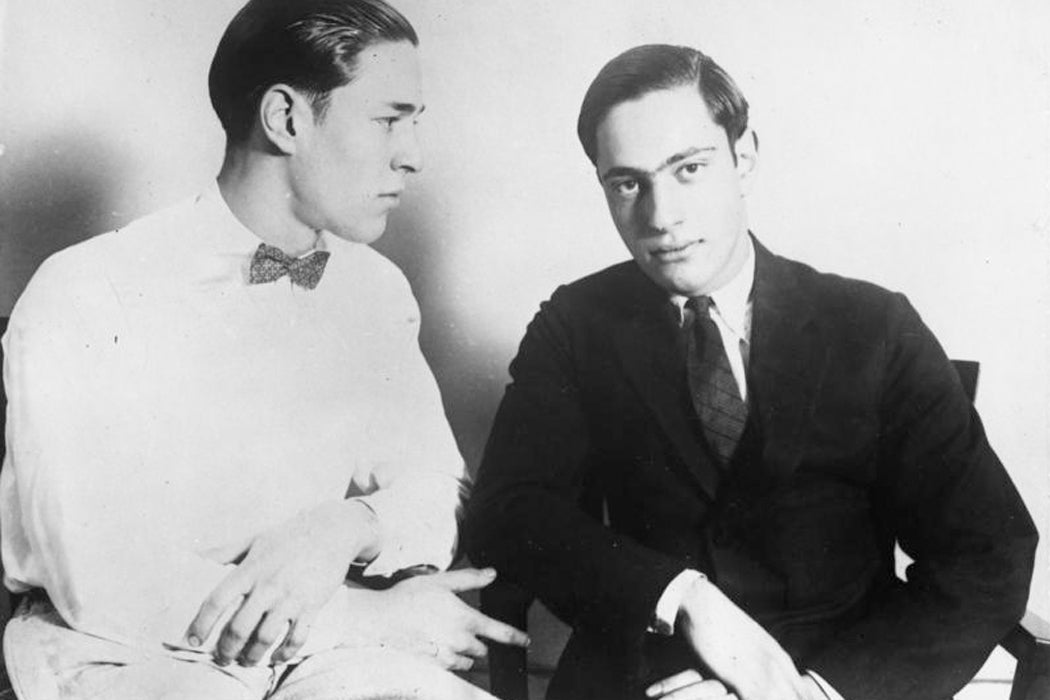The defense in the trail of Dzhokhar Tsarnaev for the Boston Marathon bombing of 2013 is using Clarence Darrow’s strategy in the Leopold and Loeb trial of 1924. Tsarnaev’s lawyers have admitted guilt and are putting all their energies to keeping Tsarnaev from death row.
Darrow (1857–1938), one of America’s most famous criminal lawyers, did something similar for Nathan Leopold and Richard Loeb. As famous as Darrow, if not more so, “Leopold and Loeb” have permeated popular culture for nearly a century, as Edward J. Larson details. Their case’s outline is simple: the two extremely wealthy and intelligent teenagers kidnapped and murdered fourteen-year-old Bobby Franks in their exclusive Hyde Park neighborhood of Chicago. There was no question about their guilt in the “trial of the century.”
Darrow pled guilty, which meant that it wasn’t a jury trial. His mission was not to exonerate his clients but to keep them from being executed. He succeeded after a four-day closing argument before the judge, who ultimate ruled that the boys, as they were considered at the time, were too young to be executed. They got life plus 99 years. Loeb would be murdered in prison in 1936; Leopold was released in 1958 and died in 1971, earning some other fame as an ornithologist in Puerto Rico.
Of course, history is more complicated than the bare outlines given here. Two explorations of how the case has reverberated through culture give even more detail. David C. Churchill explores the “discourses of anti-Semitism, anti-intellectualism, homosexuality, and class privilege” in the resulting media frenzy.
Paula S. Fass listens to the long echoes of the case, reviewing Loeb’s murder, Leopold’s autobiography, Leopold’s unsuccessful suit against the film version of the book Compulsion (1959), and the other books, plays, and movies that have kept the names of those involved (except perhaps for the unfortunate victim’s) present in culture, to be told and retold all over again.







